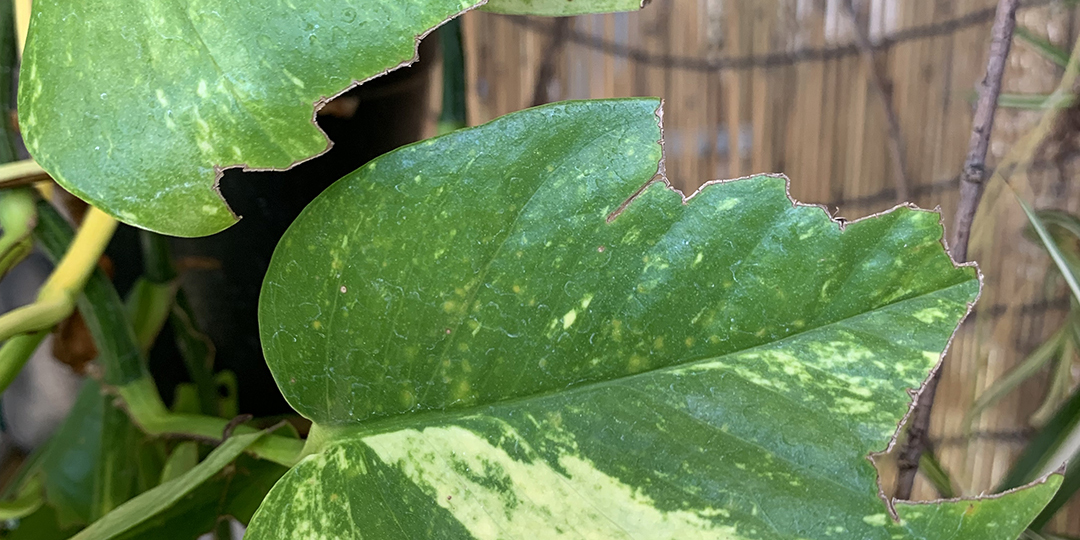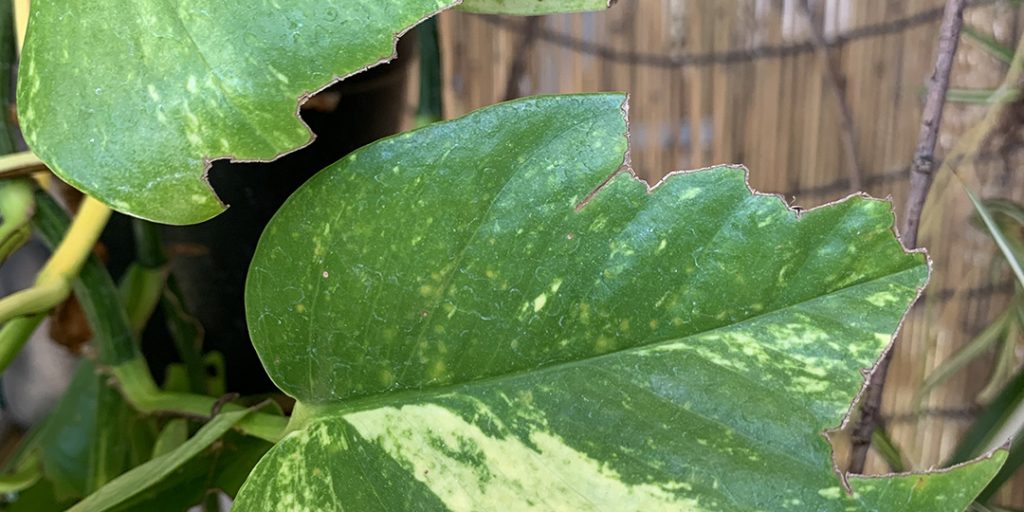Chameleons are fascinating creatures with unique characteristics that set them apart from other reptiles. One of the most common questions people have about chameleons is whether or not they eat leaves. The answer is not as straightforward as one might think, and there are several factors to consider when it comes to the chameleon’s diet.
Firstly, it’s important to understand that not all chameleons are the same. Some species are strictly insectivores, while others will eat a variety of foods, including leaves. Additionally, the age and health of the chameleon can also play a role in their dietary preferences. In this article, we will explore the question of whether or not chameleons eat leaves, and what other foods they may consume.

Do Chameleons Eat Leaves?
Chameleons are a fascinating species of lizard known for their unique ability to change color. They are native to Africa, Madagascar, and other parts of the world and are a popular choice as exotic pets. As with any pet, it’s essential to understand their dietary needs. One question that often arises is, do chameleons eat leaves? Let’s explore this topic in more detail.
Chameleon Diet
Chameleons are omnivorous, meaning they eat both plant and animal matter. In the wild, they primarily feed on insects such as crickets, grasshoppers, and beetles. However, they also consume leaves, flowers, and fruits. As a pet owner, it’s crucial to provide your chameleon with a balanced diet that replicates their natural feeding habits.
When it comes to leaves, chameleons prefer tender, young leaves with high moisture content. Some common leaves that chameleons eat include hibiscus, ficus, and pothos. It’s essential to ensure that the leaves are free from pesticides and other chemicals that could be harmful to your pet.
Benefits of Leaves in a Chameleon’s Diet
Including leaves in your chameleon’s diet provides several benefits. Firstly, leaves are an excellent source of hydration for your pet. As chameleons are primarily arboreal, they obtain most of their water from dew and rain that collects on leaves. Including leaves in their diet helps ensure they stay hydrated.
Leaves are also a source of essential vitamins and minerals, such as vitamin A, C, and calcium. These nutrients are vital for your chameleon’s overall health and wellbeing. A varied diet that includes leaves, insects, and other foods helps ensure your pet gets all the nutrients they need.
Leaves vs. Insects
While chameleons require a balanced diet that includes both leaves and insects, it’s important to note that insects should make up the majority of their diet. Insects provide a source of protein that chameleons need to thrive. Leaves should be offered as a supplement to their insect diet rather than a replacement.
In terms of digestion, chameleons are better equipped to digest insects than leaves. Their digestive system is designed to break down and absorb the nutrients in insects efficiently. While they can digest leaves, it takes longer, and they may not extract all the nutrients they need.
Conclusion
In conclusion, chameleons do eat leaves, but they should be included as part of a balanced diet that primarily consists of insects. Leaves provide several benefits, including hydration and essential nutrients. As a pet owner, it’s important to ensure that the leaves are free from harmful chemicals and pesticides. With the right diet and care, your chameleon can live a healthy and happy life.
Frequently Asked Questions
Chameleons are fascinating creatures, known for their ability to change color. One of the most commonly asked questions about chameleons is whether or not they eat leaves. Here are five questions and answers about this topic:
Do chameleons eat leaves?
Yes, many species of chameleons do eat leaves. However, the specific types of leaves they consume can vary based on their geographic location and individual preferences. Some chameleons primarily eat leaves, while others supplement their diet with insects and other small prey.
It is important to note that not all leaves are safe for chameleons to eat. Some species are toxic and can cause health problems or even death. If you plan on feeding your chameleon leaves, it is essential to do your research and ensure that the leaves are safe and nutritious for your pet.
What types of leaves do chameleons eat?
The types of leaves that chameleons eat can vary based on their species and geographic location. However, some common types of leaves that chameleons consume include hibiscus, mulberry, ficus, and pothos. These leaves are typically safe and nutritious for chameleons to eat, but it is essential to research the specific dietary needs of your pet’s species before feeding them any new types of vegetation.
It is also important to note that chameleons may not eat leaves that have fallen to the ground, as they may be contaminated with bacteria or other harmful substances. It is best to provide fresh, clean leaves for your chameleon to consume.
Can chameleons survive on a diet of only leaves?
Some species of chameleons can survive on a diet of only leaves, while others require a more diverse diet that includes insects and other small prey. If you are considering feeding your chameleon a diet consisting solely of leaves, it is important to do your research and ensure that the leaves provide all the necessary nutrients and vitamins that your pet requires.
In general, it is recommended that chameleons be fed a varied diet that includes both plant matter and small prey. This helps to ensure that they receive all the necessary nutrients and maintain optimal health.
How often should I feed my chameleon leaves?
The frequency with which you should feed your chameleon leaves can vary based on their species and individual needs. In general, adult chameleons can be fed leaves once or twice a week, while juvenile chameleons may require more frequent feedings.
It is important to monitor your chameleon’s weight and overall health to determine if you are feeding them the appropriate amount of leaves. If you notice any signs of malnutrition or weight loss, it may be necessary to adjust their diet or consult with a veterinarian.
Can chameleons eat flowers or other parts of plants?
Some species of chameleons may eat flowers or other parts of plants in addition to leaves. However, it is important to research the specific dietary needs of your pet’s species before feeding them any new types of vegetation.
It is also important to note that chameleons may not eat all parts of a plant. For example, some species may avoid the stems or roots of plants. If you are considering feeding your chameleon parts of a plant other than leaves, it is best to research their dietary habits and preferences beforehand.
What fruits and vegetables to feed to a chameleon
In conclusion, chameleons are renowned for their unique ability to change color and blend in with their surroundings. However, when it comes to their diet, they are quite picky. While some chameleons may eat leaves, it is not a staple of their diet and not all species of chameleons will consume them.
It is important to note that chameleons are primarily insectivores, and their diet consists mainly of insects such as crickets, grasshoppers, and beetles. They may also consume small vertebrates such as lizards and birds.
In summary, while chameleons may occasionally eat leaves, it is not a significant part of their diet. Their preference for insects and small vertebrates is what keeps them healthy and thriving.


